Punching below his weight, Albanese is on the ropes as Plibersek heads the list of leadership favourites

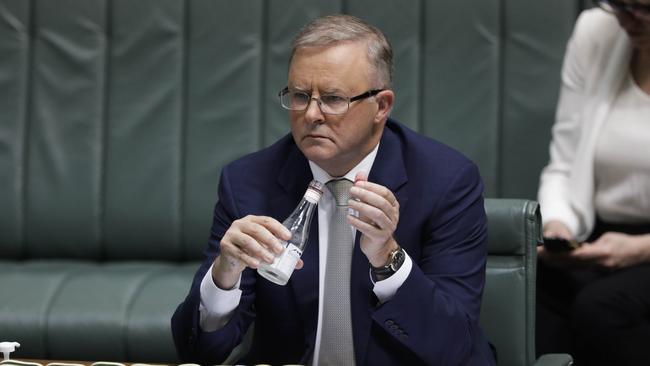
Labor has become a zombie party steered by a lifeless leader. The mood is exceedingly bleak. Labor has not learnt the lessons of its recent defeats. There has been little renovation of policies or rejuvenation of the party organisation. Labor rarely lands a glove on the Coalition. Polls show Labor stuck on one-third of the vote. Labor’s deepest fear is actually losing seats at the next election.
Joel Fitzgibbon’s resignation from the front bench is a worrying sign for Albanese. Fitzgibbon was instrumental in Albanese becoming leader but now believes he is on track to lose the next election. Many MPs do not like Fitzgibbon’s methods but few disagree with his critique about failing to adequately balance action on climate change with a viable energy policy that does not alienate traditional Labor voters.

But this is about more than climate change. Eyes glaze over during Albanese’s speeches. His question time tactics, and his broader political strategy, are cringe-worthy. There have been brawls in the shadow cabinet and staff infighting. Albanese is often cranky with colleagues and cannot accept criticism. Party members yearn for an inspiring and charismatic leader, and grow frustrated with Albanese’s inability to capitalise on what they see as Scott Morrison’s failings.
When Albanese said recently that Morrison should be “contacting” Donald Trump to tell him to respect “democratic processes” and accept his defeat by Joe Biden, Labor MPs responded with incredulity. This was stupidity on steroids.
It is no wonder the cohort of next Labor leaders is readying for battle. The leadership favourite is Tanya Plibersek from the NSW left faction. Next is opposition Treasury spokesman Jim Chalmers from the Queensland right. Chris Bowen, from the NSW right, has not given up on becoming leader. Plibersek and Chalmers were close to running for leader after the last election, and Bowen briefly did.
There are also others tilling the soil of a potential leadership bid, whenever the chance arises. Deputy leader Richard Marles and Tony Burke, from the Victorian and NSW right factions respectively, are potential starters. Terri Butler from the Queensland left is also being mentioned by MPs. Bill Shorten, the wildcard, has not given up on his ambitions but has told colleagues he will sit out the next contest.

Nobody wants to challenge Albanese. There is little appetite for toppling a leader and the victor having blood on their hands. But if Albanese continues to perform poorly, and the public critiques continue, and MPs start to panic that they could lose their seats, anything could happen. Fitzgibbon could initiate a challenge and open it up for others to run for leader.
Labor’s leaders are now chosen by caucus and party members voting in equal proportion. The incumbent cannot be challenged in opposition without the support of 60 per cent of caucus.
But there are two critical factors here that are seldom recognised. First, the caucus is master of its own destiny and could change these rules with a simple majority vote. Second, the 60 per cent protection threshold is not enshrined in the party’s national constitution.
If the leadership issue comes to a head before the election, it is likely the caucus will determine it. This process favours Chalmers or Bowen as the right faction has a majority in caucus. But the right is divided on the leadership which could see Plibersek emerge with enough caucus votes to become leader, perhaps with Chalmers as deputy to provide a NSW-Queensland balanced ticket.
If the leadership is decided by a joint caucus-membership ballot, likely post-election with Albanese vanquished, Plibersek starts as the clear and distant favourite. There is no doubt about this. Chalmers and Bowen, and the rest, might think they can persuade enough members and MPs but this is doubtful. They could surprise in a multi-candidate contest. But Plibersek has wide appeal among the party’s members.
The lack of any standout leader waiting in the wings favours Albanese’s survival. But make no mistake: the contenders are either talking to colleagues or preparing to run for the leadership. They are reinventing themselves with new books and podcasts, thoughtful speeches and media interviews, and building new alliances. None of them wants to be caught unprepared like after the last election.
Albanese was never up to the job of being leader. Labor expected to win the last election and was shell-shocked when it did not. None of those regarded as future leaders was ready to run. Albanese, who had subtly undermined Shorten for years, was ready to strike. He was unopposed. But, apart from Mark Latham, no leader has been so ill-prepared or has performed so badly.
Labor once took leadership seriously. Shorten, for all his faults, was seen as a future PM for more than a decade. Kim Beazley, Simon Crean, Kevin Rudd and Julia Gillard all had varying degrees of leadership credibility and capacity. So did Bill Hayden and the trio of Labor greats: Paul Keating, Bob Hawke and Gough Whitlam. Albanese does not have the “it” factor and never had it.
It is why all the talk in Labor is not about winning the next election but about losing. The party — rank-and-file members, MPs, shadow ministers, union leaders and party officials — are all ruminating about who will take the leadership reins next. Unless by some miracle Albanese can turn his flagging fortunes around, we will know who Labor’s 22nd leader is soon enough.

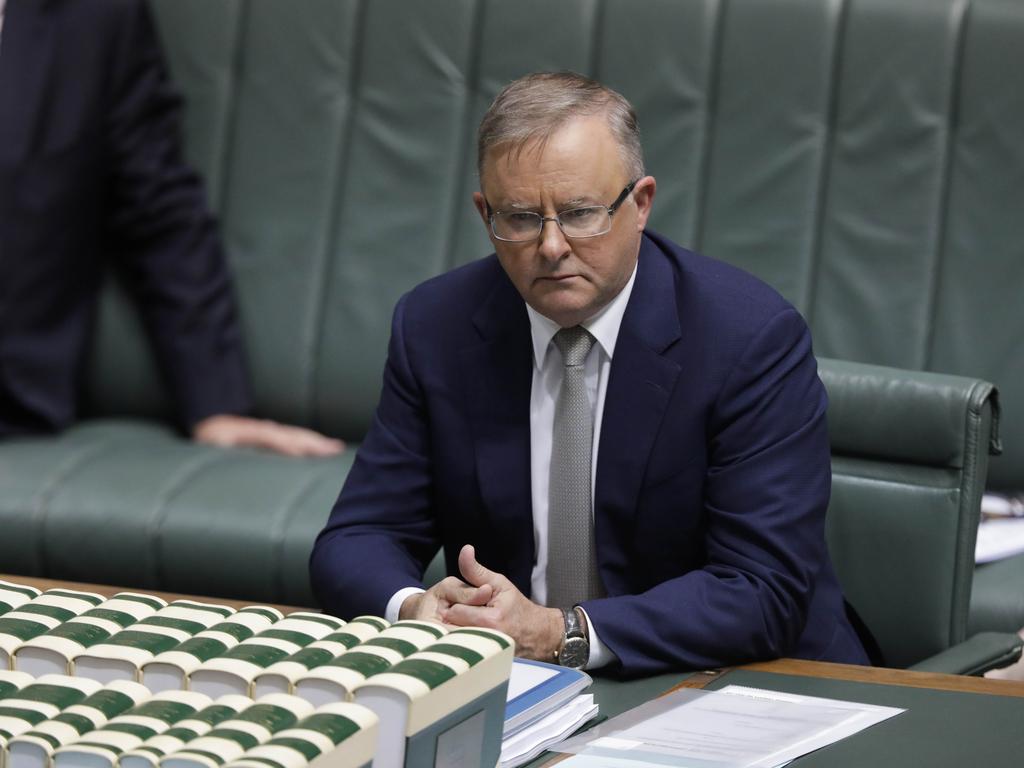
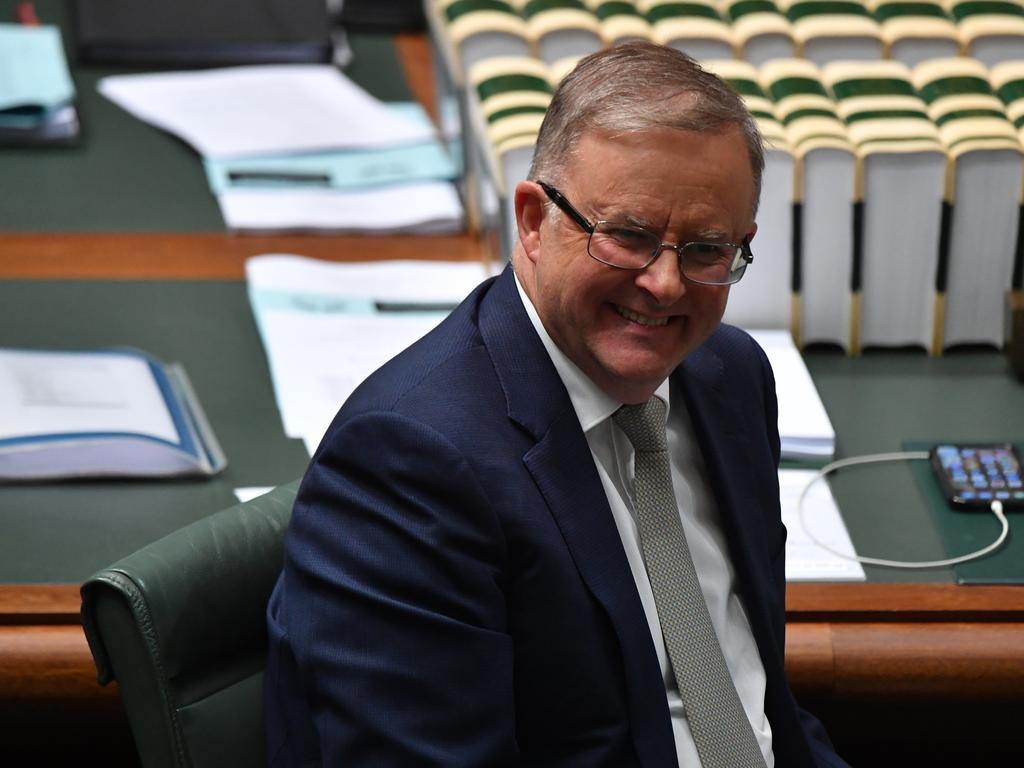
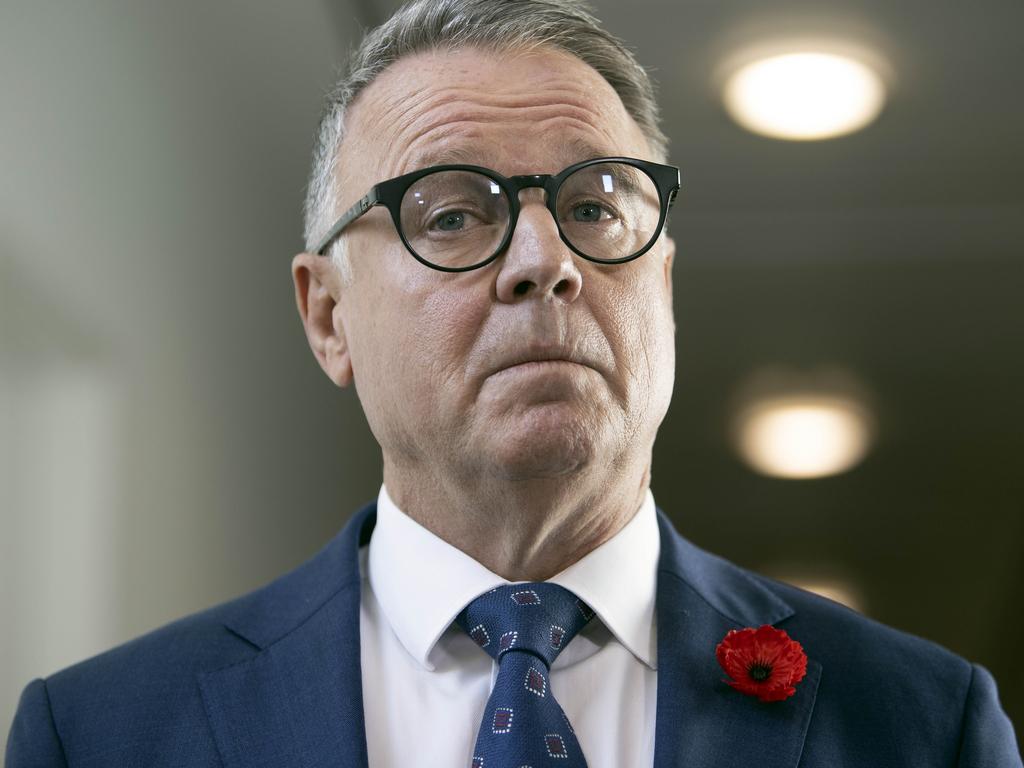
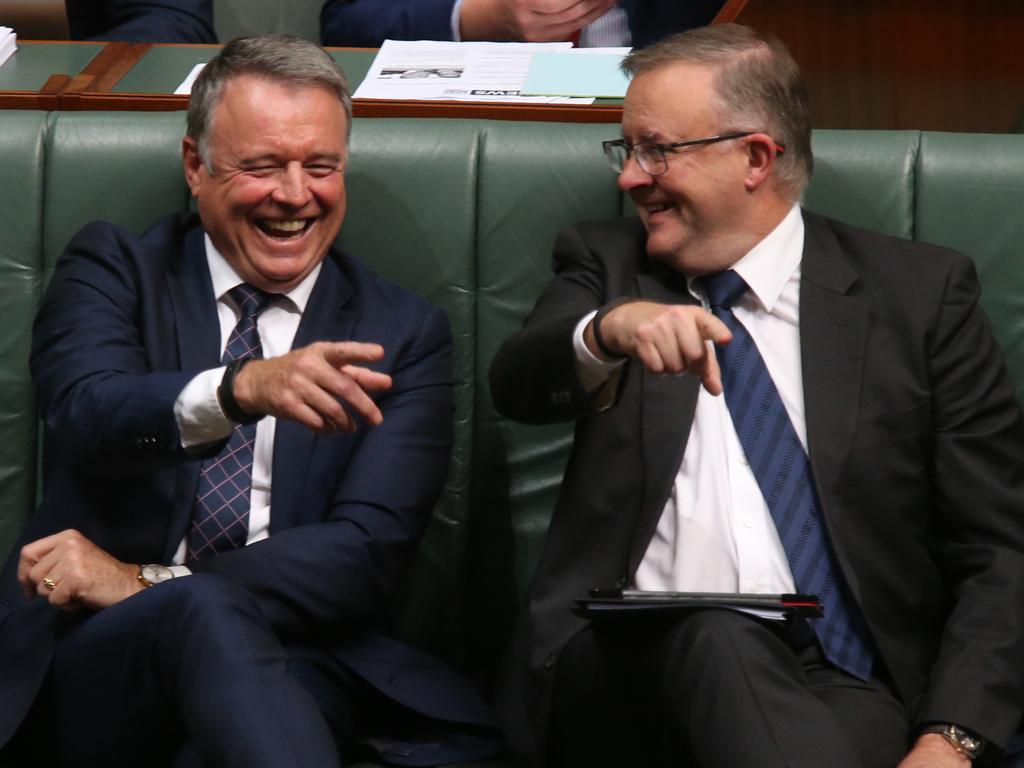


Anthony Albanese’s leadership is on death watch. Dissatisfaction with his performance runs deep within the Labor caucus, shadow ministry, party machine and union movement. Most Labor MPs think Albanese will either be dumped before the next election or will not lead the party to victory if he manages to survive.